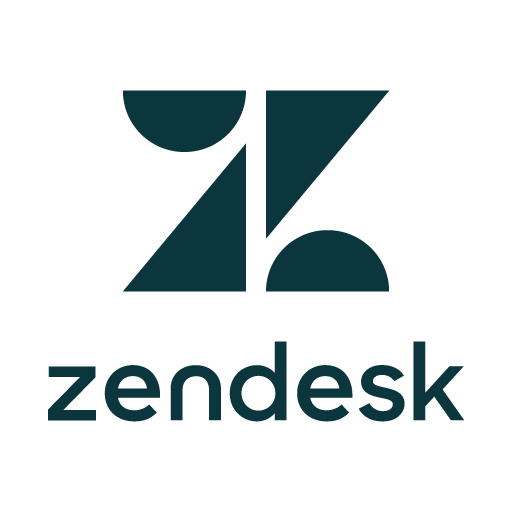How I Built A Wireless Carrier Company At 28 And Grew It To $430K/Monthly Revenue
Hello! Who are you and what business did you start?
My name is Chaymeriyia Moncrief, and I am 28 years old. In late 2018, I launched my company, Tesix Wireless Network, which is a prepaid wireless carrier that operates on all major networks in the United States.
Our primary services include prepaid mobile phone services for smartphones, tablets, and also mobile hotspot devices. Currently, we have around 7,000 mobile subscribers and generate an average monthly revenue of $430,000 from mobile subscriptions, box sells, and activations kits.
The entire idea was to cater to young adults and millennials who wanted lower phone services, zero fees, no contracts, and zero limits on their data.
Just before launching in 2018, we did about $40,000 in pre-orders for our Activation kits, from a 3,500+ subscriber waitlist. Later in February 2020, we opened our first storefront before ultimately pivoting to become a non-traditional, zero-store wireless carrier.
 Sorry, you need to login and/or become a member to view the rest of this content.
Sorry, you need to login and/or become a member to view the rest of this content.

Download the report and join our email newsletter packed with business ideas and money-making opportunities, backed by real-life case studies.

Download the report and join our email newsletter packed with business ideas and money-making opportunities, backed by real-life case studies.

Download the report and join our email newsletter packed with business ideas and money-making opportunities, backed by real-life case studies.

Download the report and join our email newsletter packed with business ideas and money-making opportunities, backed by real-life case studies.

Download the report and join our email newsletter packed with business ideas and money-making opportunities, backed by real-life case studies.

Download the report and join our email newsletter packed with business ideas and money-making opportunities, backed by real-life case studies.

Download the report and join our email newsletter packed with business ideas and money-making opportunities, backed by real-life case studies.

Download the report and join our email newsletter packed with business ideas and money-making opportunities, backed by real-life case studies.




































